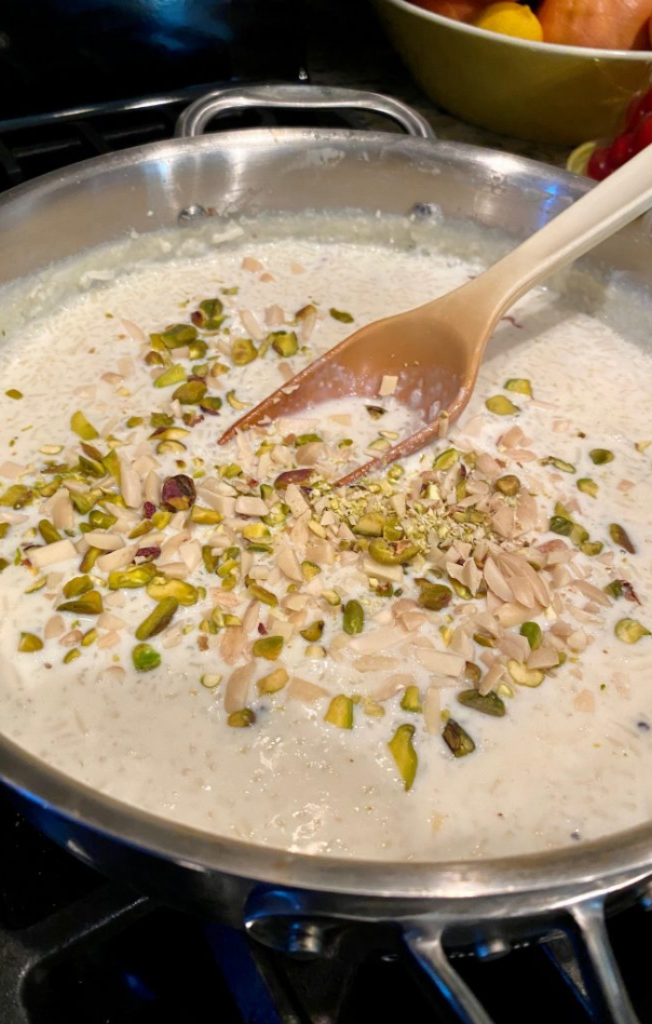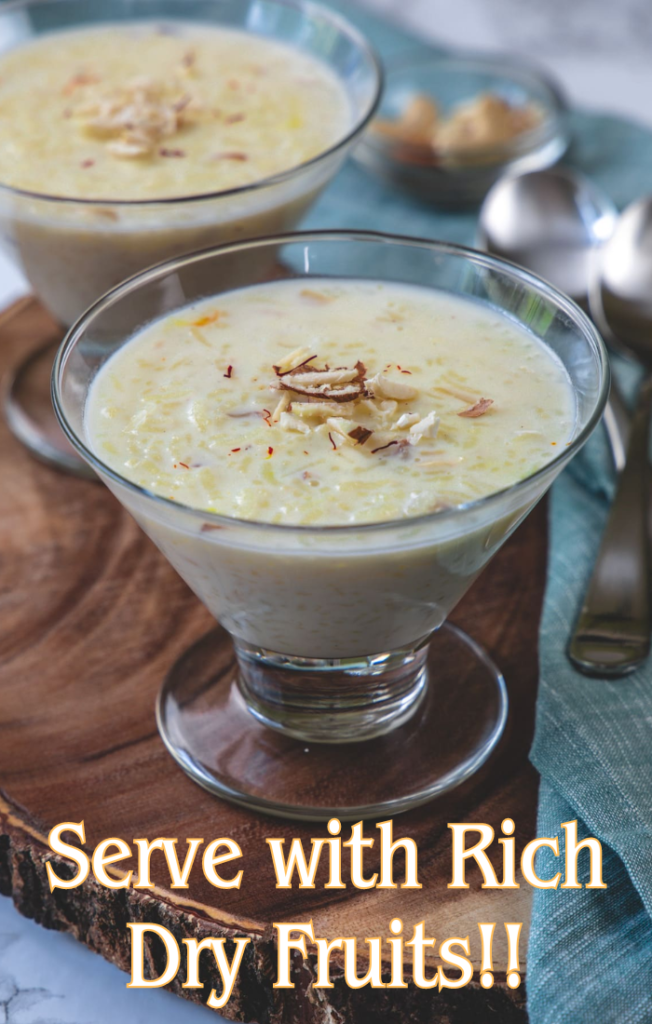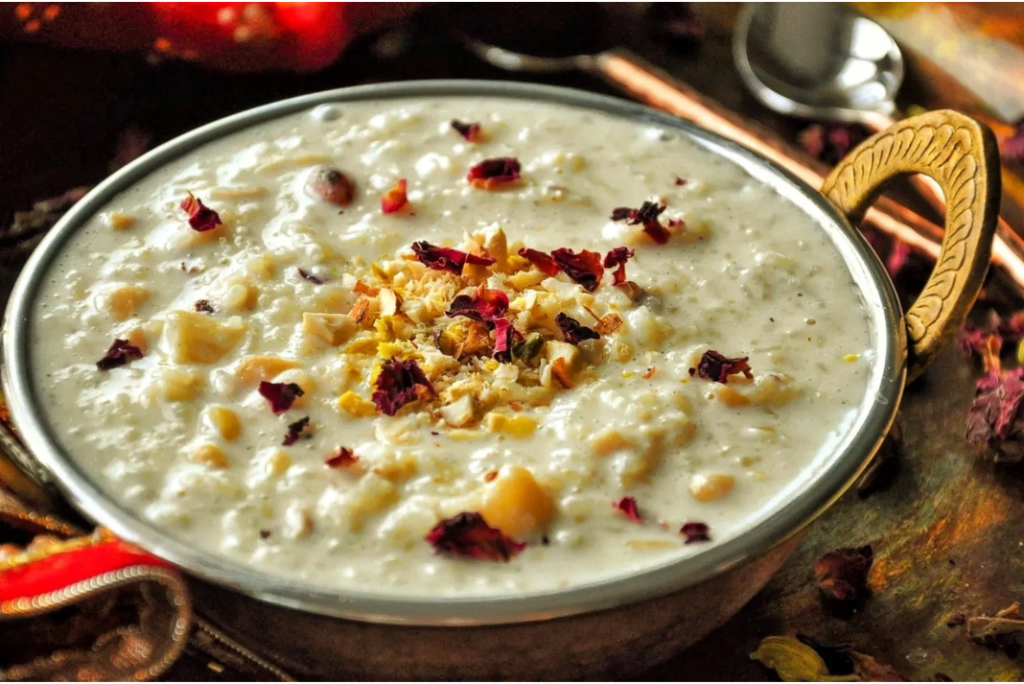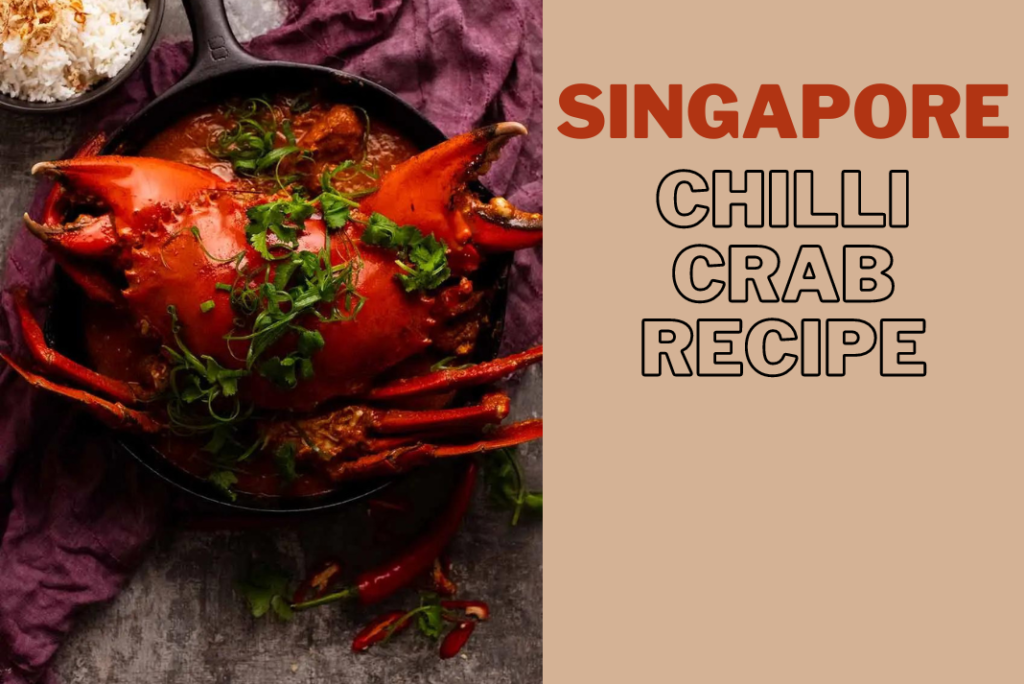Embark on a culinary journey with our delightful exploration of the classic Rice Kheer recipe. This traditional Indian rice pudding is a sweet symphony of flavors, combining the richness of milk, the fragrance of aromatic spices, and the subtle sweetness of rice. In this article, we’ll guide you through the step-by-step process of creating this indulgent dessert that holds a special place in many hearts. Whether you’re savoring it during festive occasions or craving a comforting treat, our Rice Kheer recipe promises to bring joy to your taste buds. Join us in capturing the essence of this beloved dessert, celebrating the magic it adds to any table.
Table of Contents
Historical Roots and Traditional Importance
Rice Kheer, also known as rice pudding, boasts a rich historical lineage deeply embedded in the culinary traditions of South Asia. Its origins can be traced back to ancient times when rice was a staple and revered crop in the region. The practice of slow-cooking rice with milk and sweeteners became a cultural culinary artistry that transcended generations. This delectable dish found its place in royal courts and festive celebrations, reflecting its significance as a symbol of abundance, sweetness, and the shared joy of communal feasting.
Rice Kheer holds profound cultural importance in various festivals and celebratory occasions across South Asian communities. Its preparation is often considered an act of love and generosity, as families gather to share the sweet concoction. The inclusion of aromatic spices like cardamom and the garnishing of nuts adds layers of flavor, making it a sensory delight. In festivals like Diwali, Eid, or weddings, serving Rice Kheer is not merely a culinary tradition but a gesture that signifies warmth, hospitality, and the sweetness inherent in shared moments of joy. This dessert, with its historical roots and cultural significance, continues to be a beloved centerpiece in the diverse tapestry of South Asian culinary heritage.
Ingredients
- 1 cup basmati rice
- 1 liter full-fat milk
- 1 cup sugar (adjust to taste)
- 1/2 cup condensed milk
- 1/2 cup khoya (reduced milk solids)
- 1/2 teaspoon cardamom powder
- A pinch of saffron strands (optional)
- 2 tablespoons chopped nuts (almonds, cashews, pistachios)
- 1 tablespoon raisins
- 1 tablespoon ghee (clarified butter)
- A dash of rose water (optional)
- Edible silver leaf for garnish (optional)

The Cooking Process
I- Preparation Steps:
Washing and soaking rice:
Begin the preparation of Rice Kheer by washing one cup of basmati rice thoroughly under running water. This step helps remove excess starch and prevents the rice from becoming too sticky during cooking. After washing, soak the rice in water for about 30 minutes. This soaking process ensures that the rice cooks evenly and attains a soft, fluffy texture in the kheer.
Preparing Other Components:
While the rice is soaking, take this time to prepare other key components. Chop nuts such as almonds, cashews, and pistachios into bite-sized pieces. If using saffron, soak a pinch of saffron strands in a tablespoon of warm milk to release its aromatic flavor and color. Additionally, powder cardamom to create cardamom powder for a fragrant touch. Having these components ready in advance streamlines the cooking process and ensures a smooth and efficient preparation of the Rice Kheer.
II- Cooking Instructions:
Boiling Rice:
After the rice has soaked, drain the water and set it aside. In a heavy-bottomed pan, add 1 liter of full-fat milk and bring it to a boil. Once boiling, add the soaked rice, stirring occasionally to prevent sticking. Reduce the heat to low and let it simmer. Cook until the rice becomes soft and the milk thickens, which usually takes about 25-30 minutes.
Adding Sugar:
Once the rice is cooked and the mixture has thickened, add 1/2 to 3/4 cup of sugar, depending on your sweetness preference. Stir well to ensure the sugar dissolves completely. Continue simmering for an additional 10-15 minutes, allowing the kheer to achieve a creamy consistency.
Incorporating Nuts and Flavorings:
Add the chopped nuts and the prepared saffron infused in milk to the simmering kheer. This not only enhances the flavor but also adds a delightful crunch. Optionally, sprinkle the powdered cardamom for an aromatic touch. Continue to simmer for an additional 5-7 minutes, allowing the kheer to absorb the flavors.
Cooling and Serving:
Once the Rice Kheer reaches the desired consistency, remove it from heat and let it cool. It will thicken further as it cools. You can serve it warm or chilled, garnished with additional nuts or a sprinkle of cardamom. Enjoy the sweet symphony of flavors in this traditional and comforting rice kheer.

Tips for Achieving the Right Consistency and Flavor
Consistency Check: To achieve the perfect consistency for your Rice Kheer, monitor the rice’s doneness and the thickness of the milk. The rice should be soft and fully cooked, while the milk should have a rich and creamy texture. Adjust the cooking time accordingly to reach the desired thickness.
Sweetness Balance: Adjust the amount of sugar based on your preference. Taste the kheer after adding the initial quantity of sugar and gradually increase if you desire a sweeter flavor. Keep in mind that the sweetness will intensify as the kheer cools.
Nuts and Flavor Infusion: Experiment with a combination of nuts like almonds, cashews, and pistachios for varied textures. Ensure they are finely chopped for a consistent bite. Additionally, infuse the saffron in warm milk before adding it to the kheer for a more pronounced flavor and color.
Cardamom Essence: Powdered cardamom adds a fragrant and aromatic element to the kheer. Crush the cardamom seeds and powder them just before adding to enhance the flavor. Start with a small amount and adjust according to your taste preferences.
Chilling Time: If you prefer a chilled dessert, refrigerate the kheer for a few hours before serving. This not only enhances the flavors but also thickens the kheer further.
Garnish Creatively: Garnish the Rice Kheer with additional chopped nuts, a sprinkle of saffron strands, or a dash of powdered cardamom before serving. This adds visual appeal and complements the overall taste.
By paying attention to these tips, you can tailor the Rice Kheer to your liking, ensuring a delightful and satisfying dessert experience.
Serving Suggestions to make your Kheer more Royal
Traditional Elegance: Serve the Rice Kheer in classic dessert bowls for a traditional presentation. Garnish with a sprinkle of chopped nuts, a few saffron strands, and a pinch of powdered cardamom to enhance the visual appeal.
Earthen Charm: For a rustic touch, consider serving the kheer in small earthenware pots or clay cups. This not only adds a traditional flair but also imparts a unique earthy aroma to the dessert.
Modern Twist: Give your Rice Kheer a modern twist by presenting it in individual glass jars or dessert glasses. Layer the kheer with finely chopped nuts for an elegant and contemporary look.
Festive Elevation: During festive occasions, serve the Rice Kheer as part of a larger dessert spread. Place it alongside other traditional sweets to create a festive dessert platter that appeals to both the eyes and taste buds.
Accompaniments: Offer some additional treats on the side, such as warm jalebi, gulab jamun, or even a simple buttery cookie. These accompaniments complement the sweet and creamy texture of the Rice Kheer.
Chilled Delight: If you prefer a cold dessert, refrigerate the Rice Kheer for a few hours before serving. Present it in chilled bowls or glasses for a refreshing and indulgent experience.
Remember to personalize the presentation based on the occasion and your guests’ preferences. Whether you opt for a traditional setup or a more contemporary display, the rich and creamy goodness of Rice Kheer is sure to be a delightful finale to any meal.




